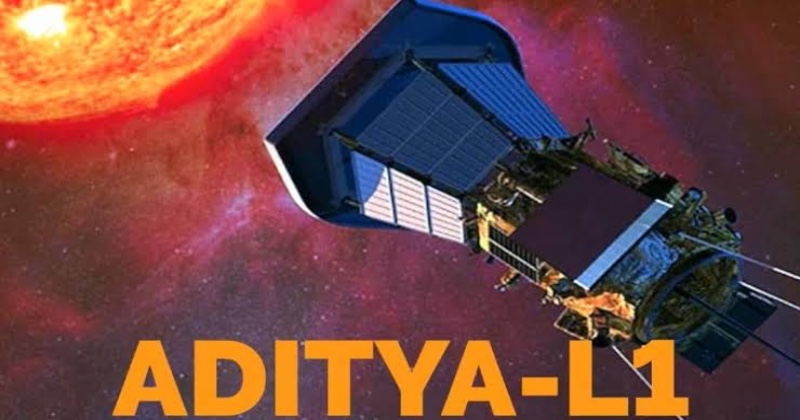
Prior to India’s Aditya-L1 solar mission launch, a prominent scientist emphasized the necessity of continuous 24-hour Sun monitoring to investigate solar quakes, which have the potential to influence Earth’s geomagnetic fields. The Aditya-L1 mission, aimed at studying the Sun, is scheduled for a Saturday launch from the Sriharikota spaceport.
Dr. R Ramesh, a Professor and In-Charge Scientist at the Indian Institute of Astrophysics (IIA), explained the significance of studying the Sun, likening solar quakes, known as Coronal Mass Ejections (CMEs), to earthquakes on Earth. CMEs involve the ejection of immense amounts of solar material into interplanetary space, reaching speeds of around 3,000 km per second. There are five strategic observation points for monitoring the Sun, known as Lagrangian points, named after the Italian astronomer Joseph-Louis Lagrange who discovered them. These points maintain a delicate gravitational balance between the Sun and Earth.
The Aditya L1 space mission is expected to take over 100 days to reach Lagrangian-1 point. Data collected by this satellite will be transmitted to ISRO’s Indian Deep Space Network near Byalalu, located on the outskirts of Bengaluru, via a dedicated internet link. The Indian Institute of Astrophysics will process this data and send it back to ISRO for distribution to both the general public and the scientific community.

Post Your Comments